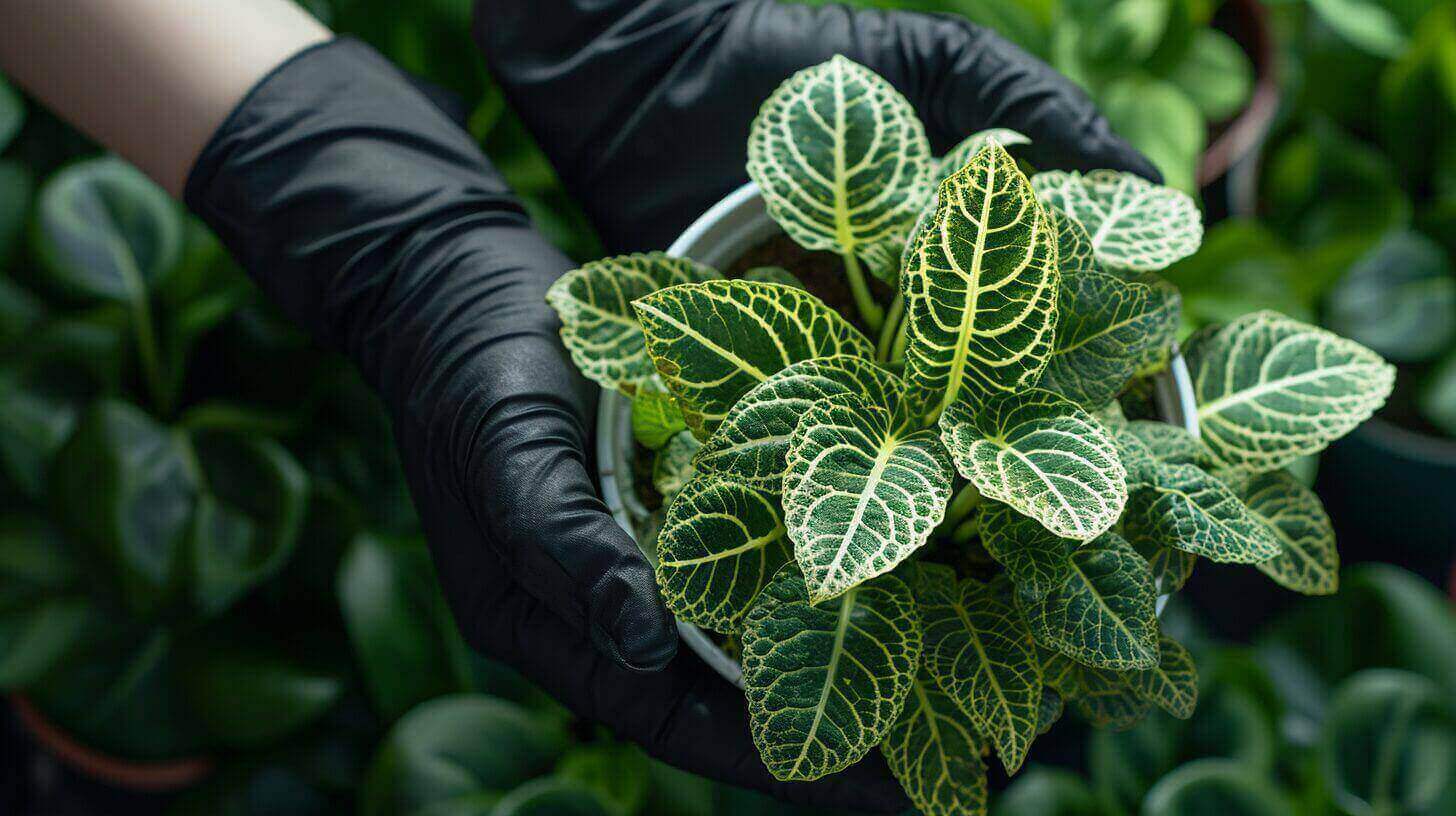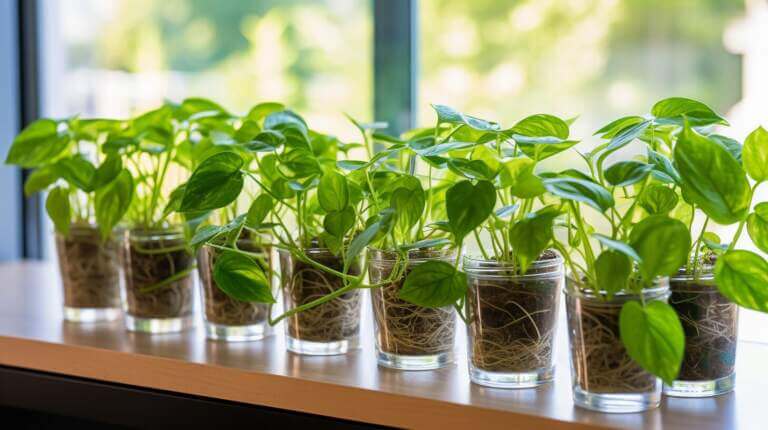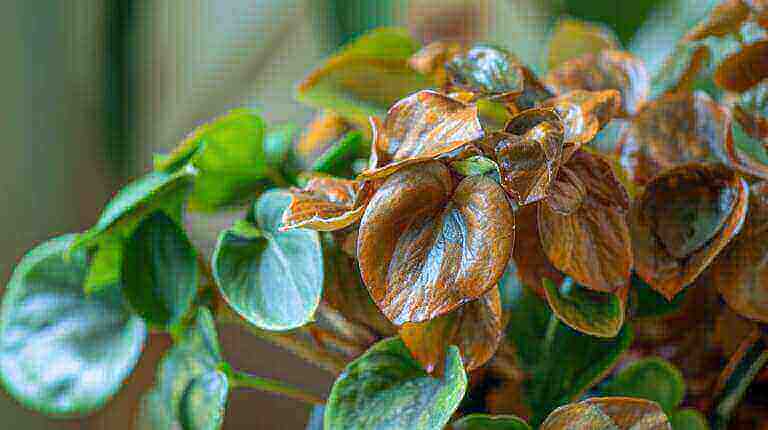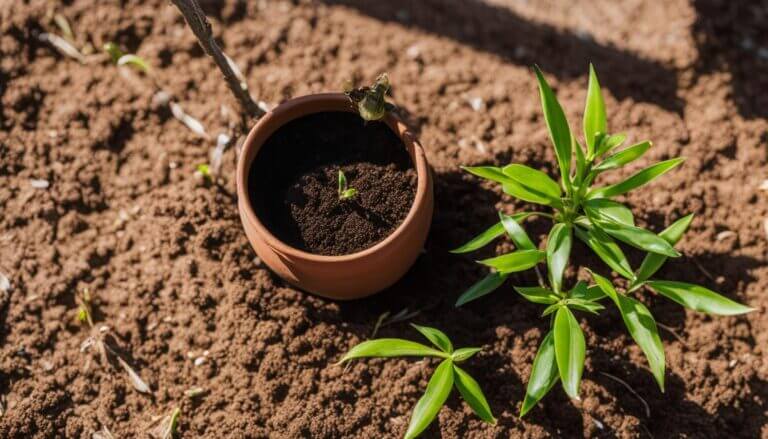Repotting Nerve Plants and Fittonia: When to Transplant and How to Do It Right
As an avid plant lover, I understand the importance of keeping our beloved green friends happy and healthy. That’s why today, I want to talk to you about repotting nerve plants and Fittonias, two stunning houseplants that require a little extra attention when it comes to transplanting.
Fittonia, commonly known as the nerve plant, is a popular choice among plant enthusiasts. Its vibrant foliage and ability to thrive in low-light conditions make it perfect for bringing life into any corner of your home. However, as these plants grow rapidly, repotting becomes necessary to ensure their continued growth and well-being.
If you’re wondering when the right time to repot your nerve plant or Fittonia is and how to do it correctly, keep reading for some valuable tips and step-by-step instructions.
Key Takeaways:
- Repotting nerve plants and Fittonias is essential for their growth and well-being.
- Fittonias thrive in indirect sunlight and high humidity.
- When repotting, choose a pot that is one size larger to allow room for growth.
- Use well-draining soil to prevent waterlogging and root rot.
- Water your newly repotted plant thoroughly and place it in a location with indirect sunlight.
Fittonia or Nerve Plant Care: Light, Watering, and Humidity
When it comes to caring for your Fittonia, proper light, watering, and humidity are crucial factors to consider. This tropical plant thrives in bright, indirect sunlight. Place it near a north-facing window or under fluorescent lights to provide the ideal lighting conditions. Avoid exposing your Fittonia to direct sunlight as it can cause leaf burn.
Watering is another important aspect of Fittonia care. Keep the soil consistently moist but not overly wet. It’s best to water your plant when the top inch of soil feels dry to the touch. Remember, Fittonias prefer slightly more water than other houseplants due to their high humidity requirements.
Speaking of humidity, Fittonias love a humid environment. These plants are native to tropical regions with high moisture levels, so it’s important to replicate those conditions. You can increase humidity by placing your Fittonia on a pebble tray filled with water or by using a humidifier. Misting the leaves regularly can also help maintain optimal humidity levels.
Table: Fittonia Care Guidelines
| Light | Watering | Humidity |
|---|---|---|
| Bright, indirect sunlight | Keep soil consistently moist, but not wet | High humidity; mist leaves or use a humidifier |
Tips for Propagating and Caring for Fittonia
When it comes to propagating Fittonia, stem-tip cuttings are the way to go. To ensure successful propagation, take the cuttings in late spring or early summer when the plant is actively growing. Each cutting should have at least two growing nodes to promote healthy root development.
After obtaining the cuttings, it’s crucial to plant them in a well-draining peat-based soil mix. This will prevent waterlogging and promote root growth. Keep the soil consistently moist but avoid overwatering, as excessive moisture can lead to root rot.
Roots typically start to sprout within two to three weeks, indicating that propagation has been successful. At this point, you can start caring for your newly propagated Fittonia. Place the plant in a spot with bright, indirect sunlight to ensure optimal growth. Remember to protect it from direct sunlight, as it can cause leaf burn.
Proper care is essential for the well-being of your Fittonia. Maintain a consistent watering schedule, allowing the top inch of soil to dry out before watering again. This will prevent overwatering and promote healthy root growth. Additionally, regularly mist the plant to increase humidity levels, as Fittonia thrives in high humidity environments.
Keep an eye out for common pests that can affect Fittonia, such as spider mites and aphids. Inspect the leaves regularly for any signs of infestation, such as webbing or tiny insects. If pests are detected, treat the plant with an appropriate insecticide or try natural remedies like neem oil or insecticidal soap.
FAQ
When should I repot my fittonia plant?
You should repot your fittonia plant when it outgrows its current pot or the soil becomes depleted. Use fresh potting soil and ensure the plant has enough room to grow.
What types of nerve plants are there?
There are several types of nerve plants, including the fittonia albivenis and fittonia verschaffeltii. Each variety has unique leaf patterns and colors.
How do I propagate nerve plants?
Propagating nerve plants can be done by taking stem cuttings and placing them in moist soil. Keep the plant in indirect light and maintain a humid environment.
How do I care for a fittonia plant?
Fittonia plants prefer indirect light and high humidity. Water your nerve plant when the top inch of soil is dry, but avoid soggy soil.
What are some common problems with nerve plants?
Common problems with nerve plants include wilting, which can be caused by overwatering or underwatering, and leaf discoloration, which can be a sign of inadequate light.
What is a mosaic plant?
The mosaic plant, also known as the nerve plant or fittonia, is a popular indoor plant known for its patterned leaves.
Can I keep a nerve plant as a houseplant?
Yes, nerve plants make excellent houseplants. They are easy to care for and add a touch of nature to any indoor space.







